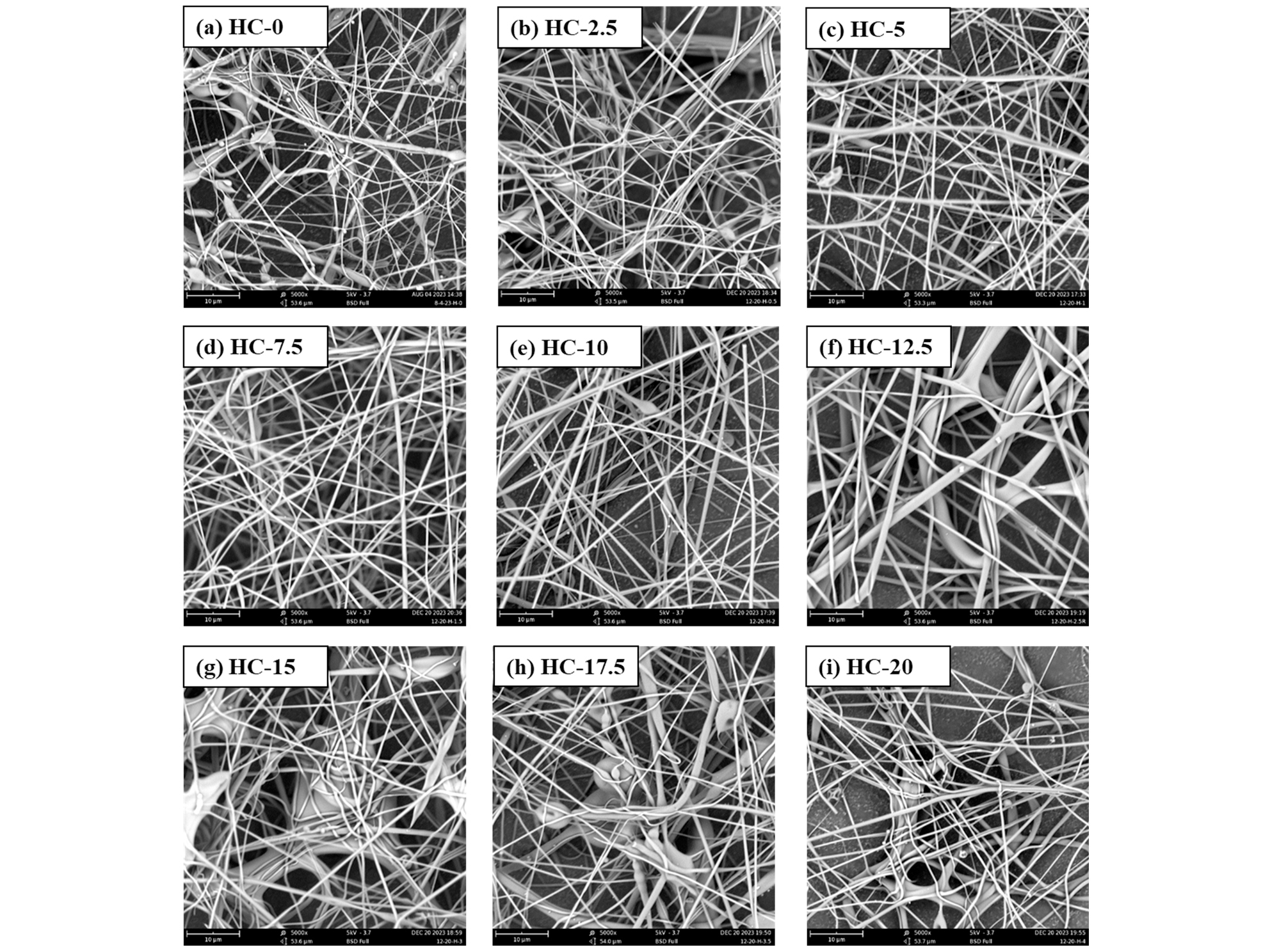2025-06-06 ペンシルベニア州立大学 (Penn State)
<関連情報>
- https://www.psu.edu/news/earth-and-mineral-sciences/story/lawn-story-turfgrass-data-may-improve-urban-greenhouse-gas
- https://agupubs.onlinelibrary.wiley.com/doi/10.1029/2024JG008477
米国インディアナ州インディアナポリスにおける都市部の二酸化炭素フラックスに対する芝生の影響 The Impact of Turfgrass on Urban Carbon Dioxide Fluxes in Indianapolis, Indiana, USA
Jason P. Horne, Claire Jin, Natasha L. Miles, Scott J. Richardson, Samantha L. Murphy, Kai Wu, Kenneth J. Davis
Journal of Geophysical Research: Biogeosciences Published: 03 April 2025
DOI:https://doi.org/10.1029/2024JG008477

Abstract
Evaluating the efficacy of climate mitigation measures requires quantifying urban greenhouse gas (GHG) emissions. Both anthropogenic and biogenic GHG fluxes are important in urban systems, and disaggregation is necessary to understand urban GHG fluxes. In urban environments one common source of biogenic carbon dioxide (CO2) fluxes is turfgrass. We use CO2 fluxes measured using eddy covariance over a cemetery (less managed) and golf course (more managed) to investigate the contribution of turfgrass lawns to biogenic CO2 fluxes in Indianapolis, IN. We assess the ability of a simple light-use efficiency model, the Vegetation Photosynthesis and Respiration Model (VPRM), commonly used to create prior fluxes necessary for determining urban carbon dioxide (CO2) fluxes via inversion modeling, to represent daily and seasonal patterns in turfgrass CO2 fluxes. Our results show that the existing VPRM Plant Functional Types (PFTs) cannot capture observed daily and seasonal fluxes at either location. We then use data from these sites to create a new turfgrass PFT for the VPRM. We find that less-managed lawns like cemeteries are best represented by different parameters than heavily managed lawns like golf courses, and seasonally changing parameters best match the observed fluxes. We then use the new turfgrass PFT within the VPRM to explore daily and seasonal variability in turfgrass fluxes and their impact, integrated across the city, on urban ecosystem CO2 fluxes. This study illustrates the importance of representing turfgrass as a unique PFT when quantifying urban GHG fluxes and the biases resulting from misrepresentation.



